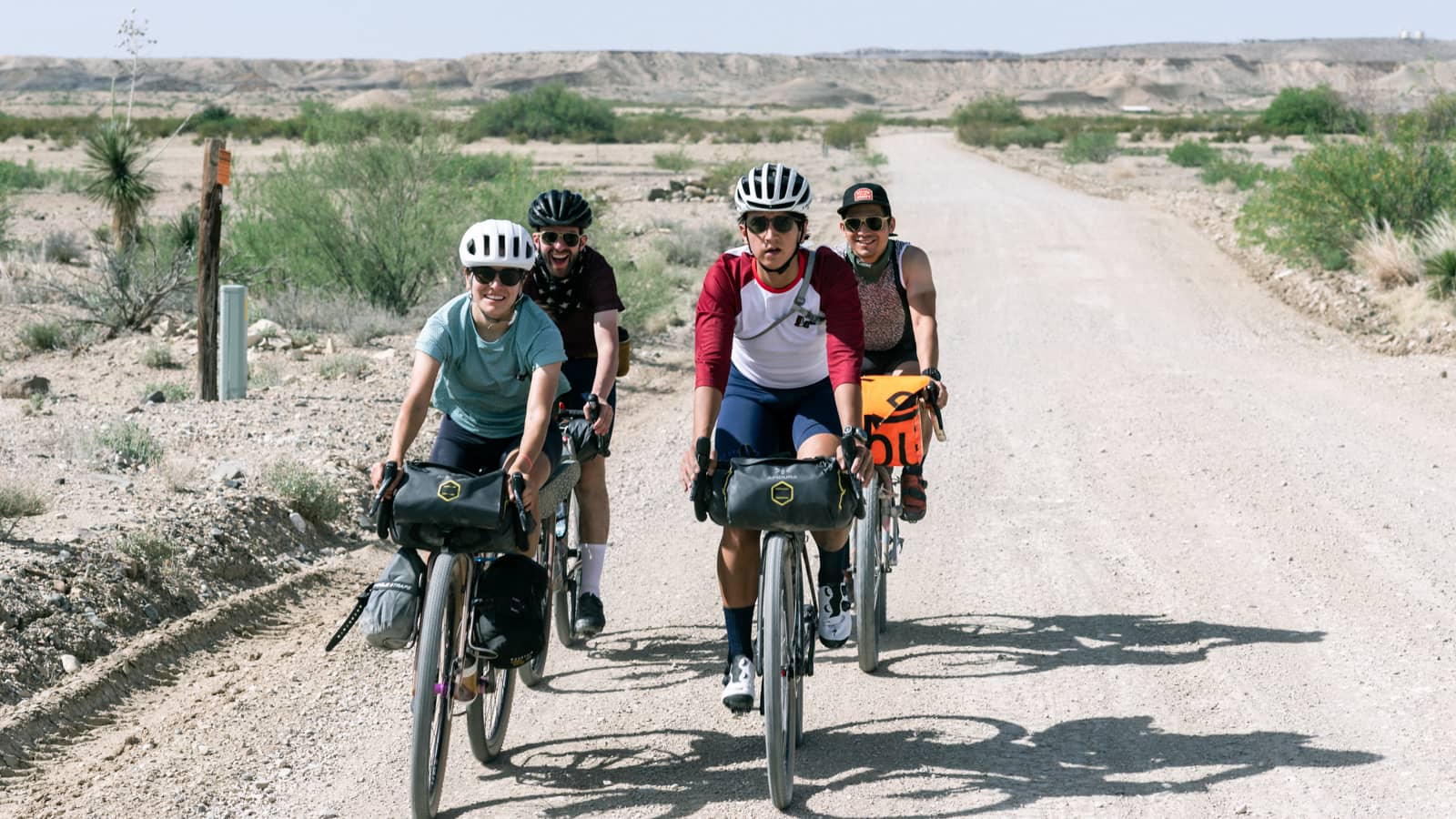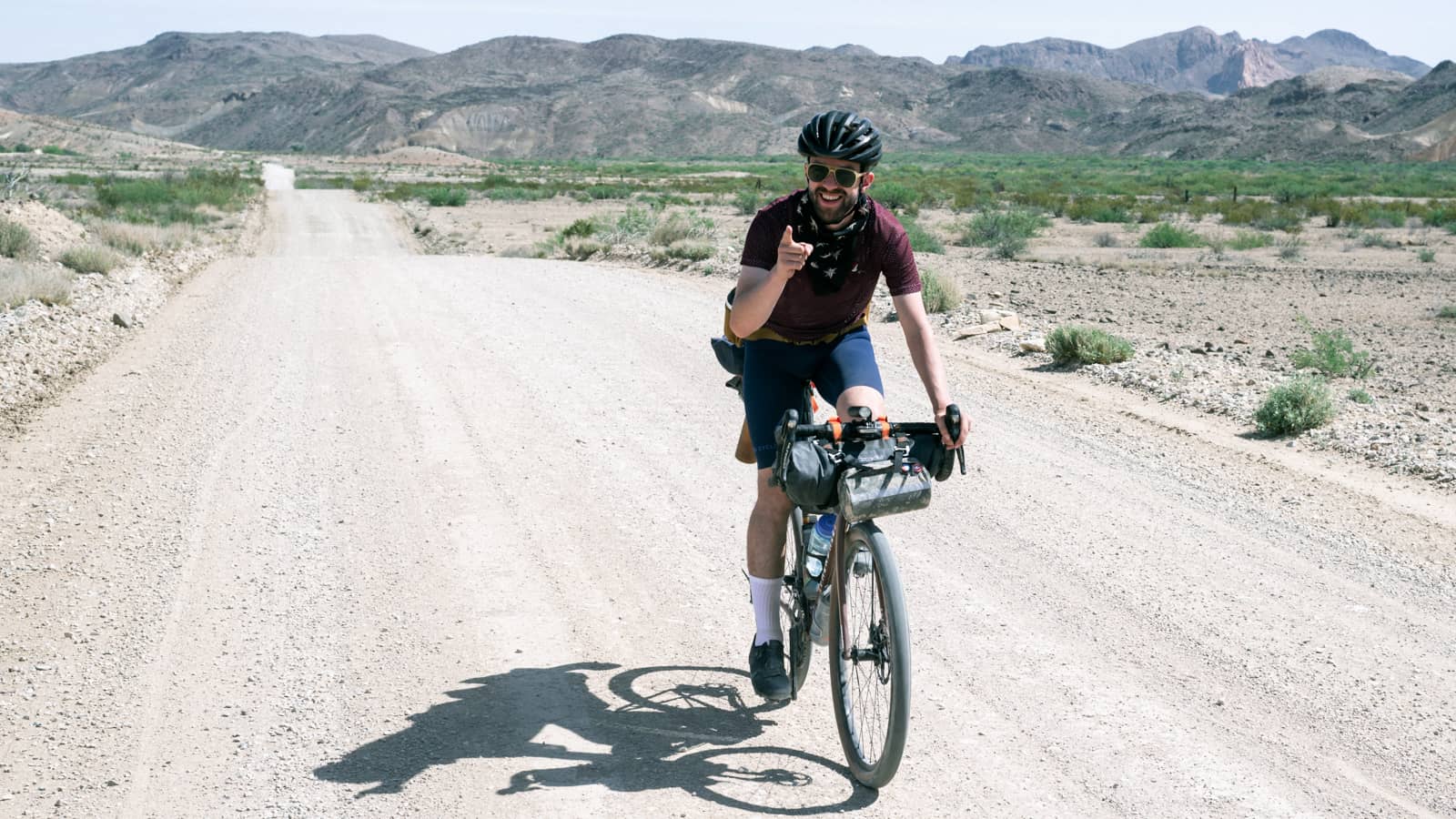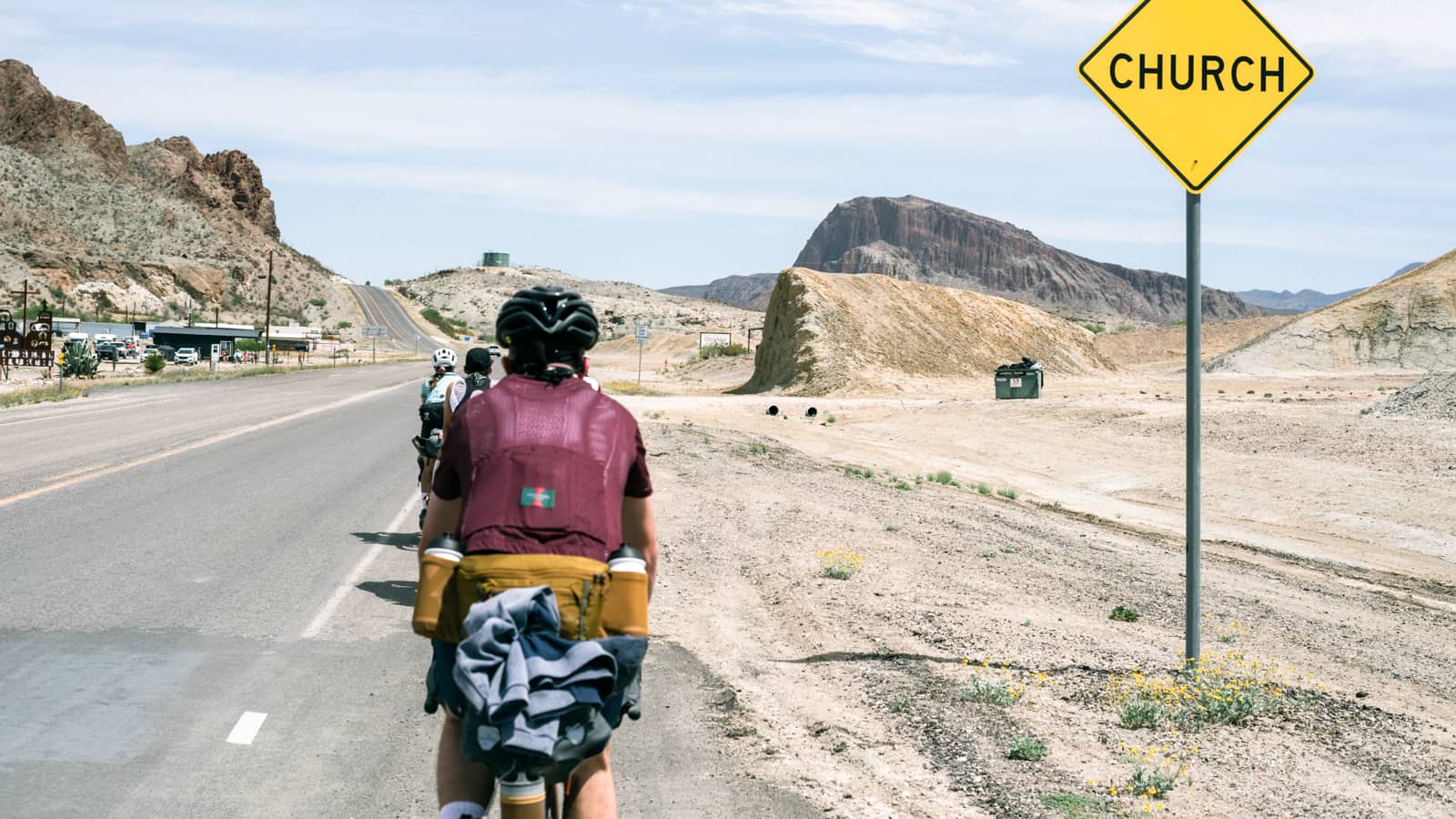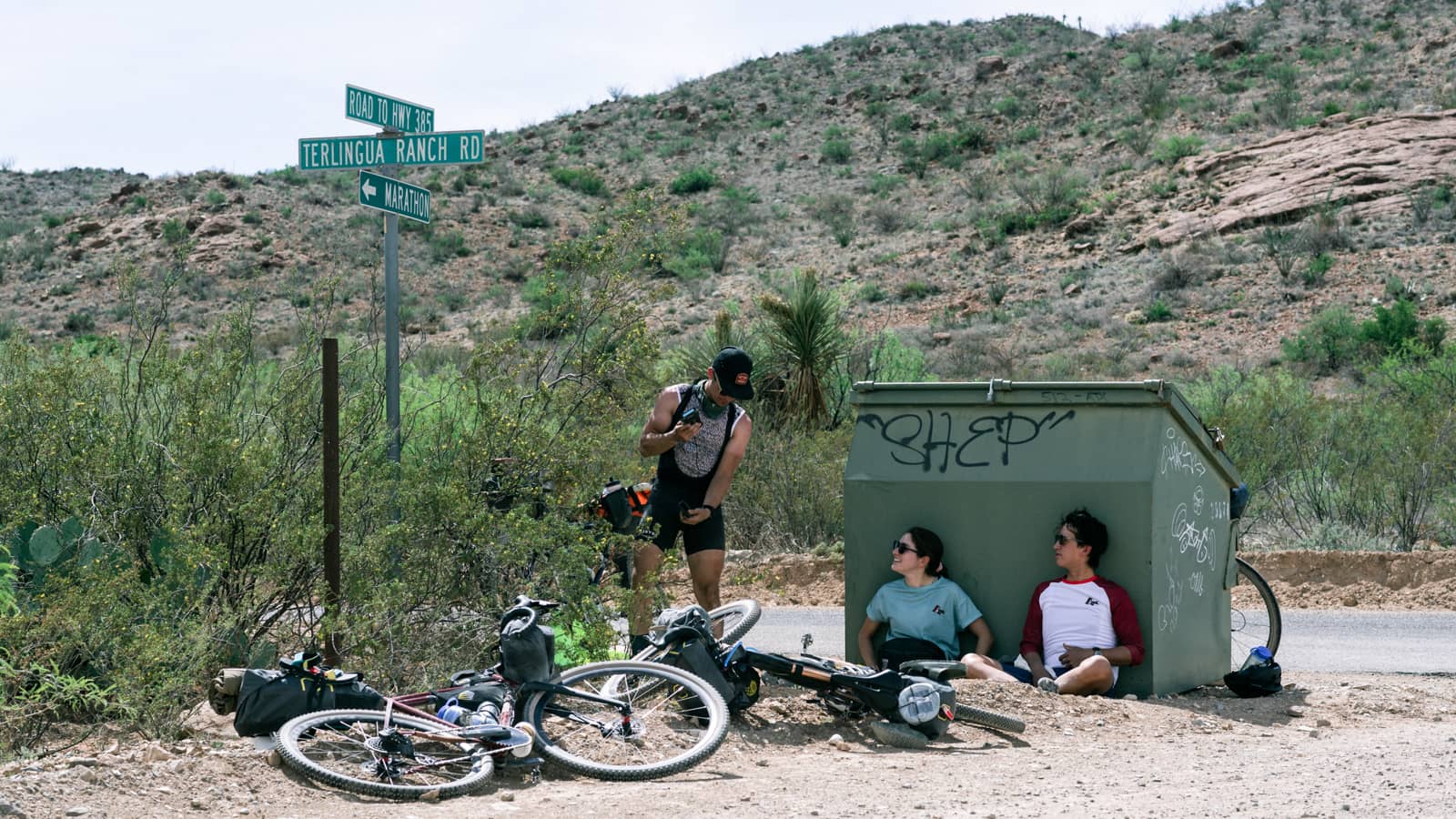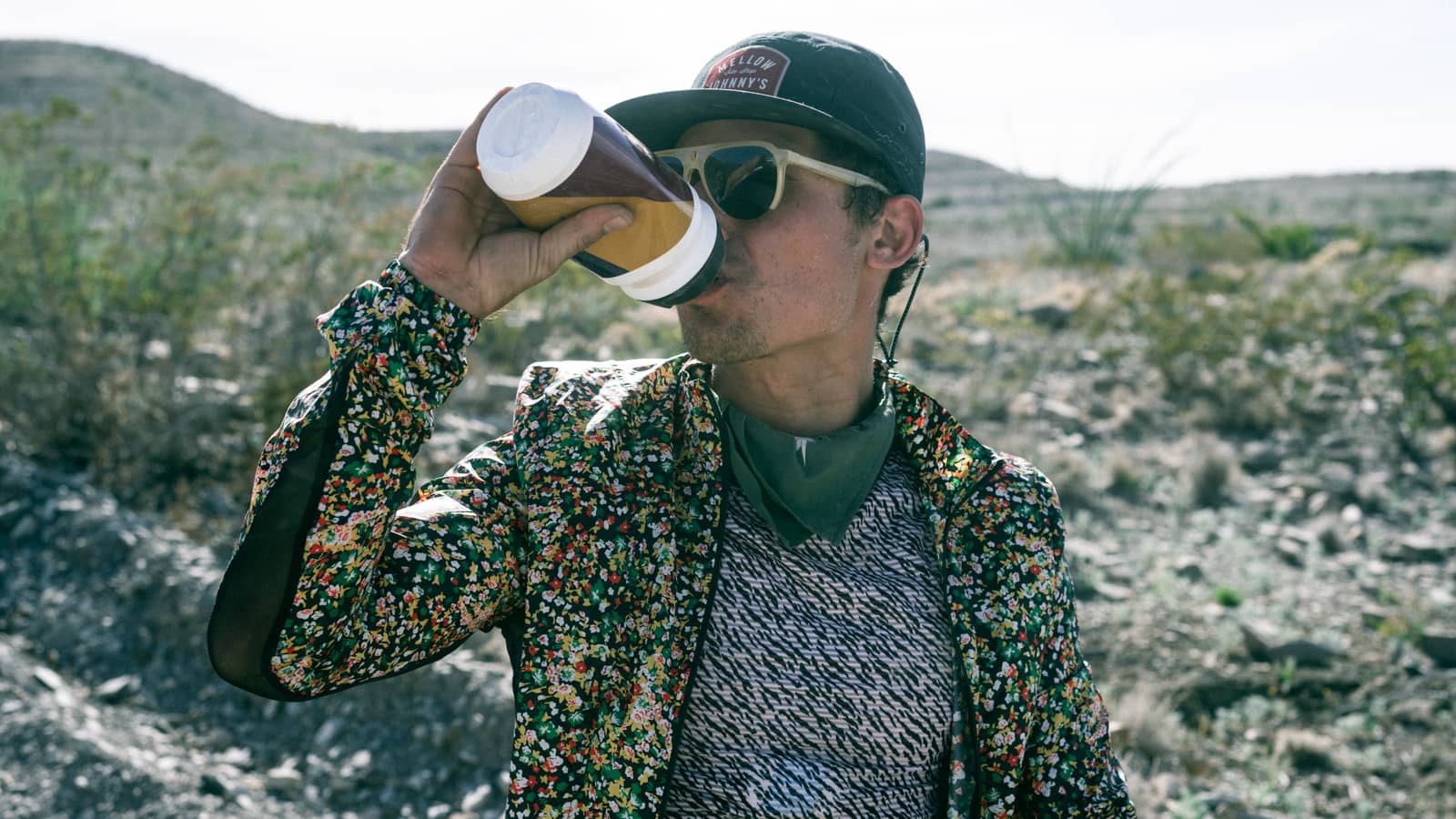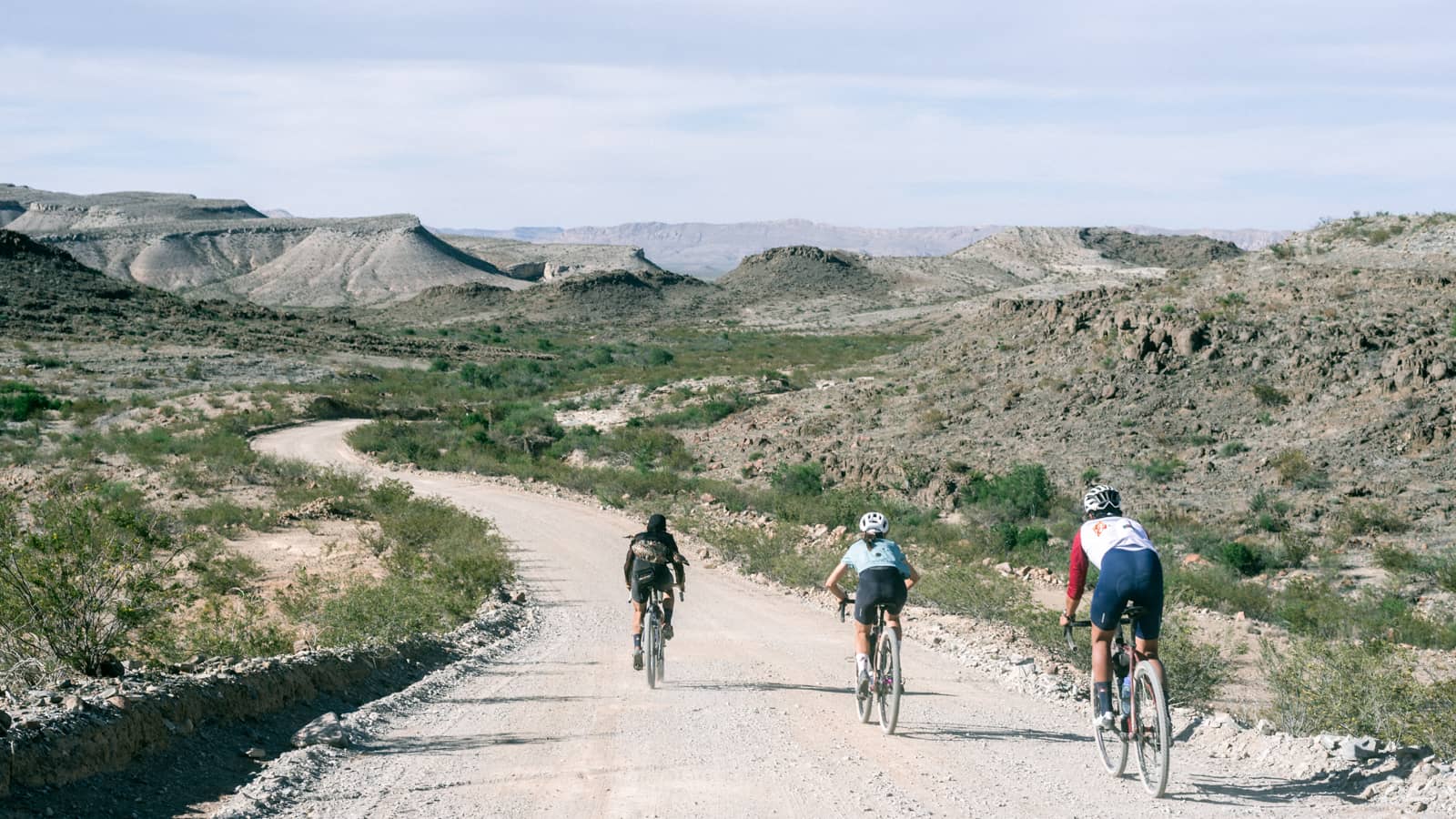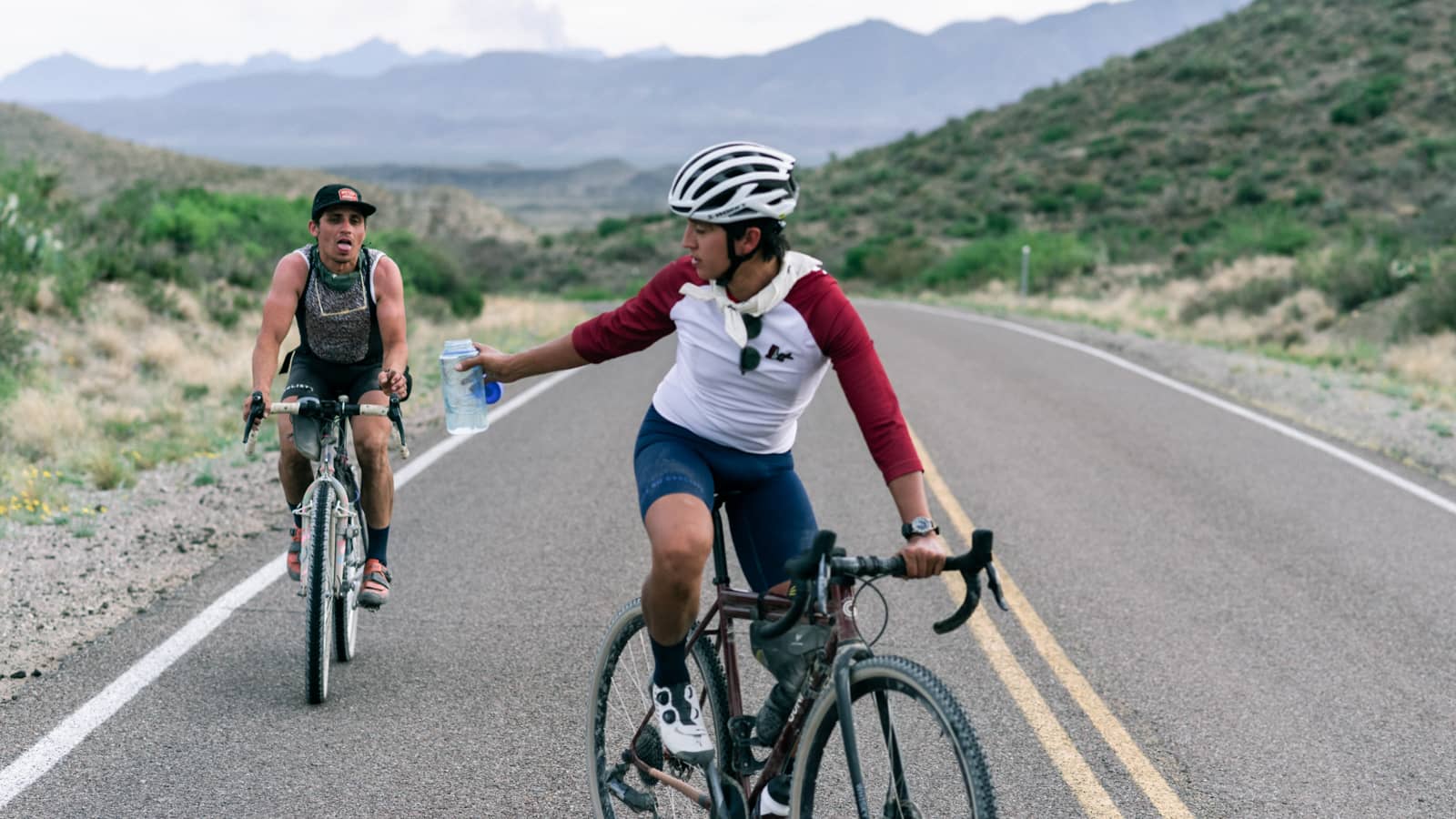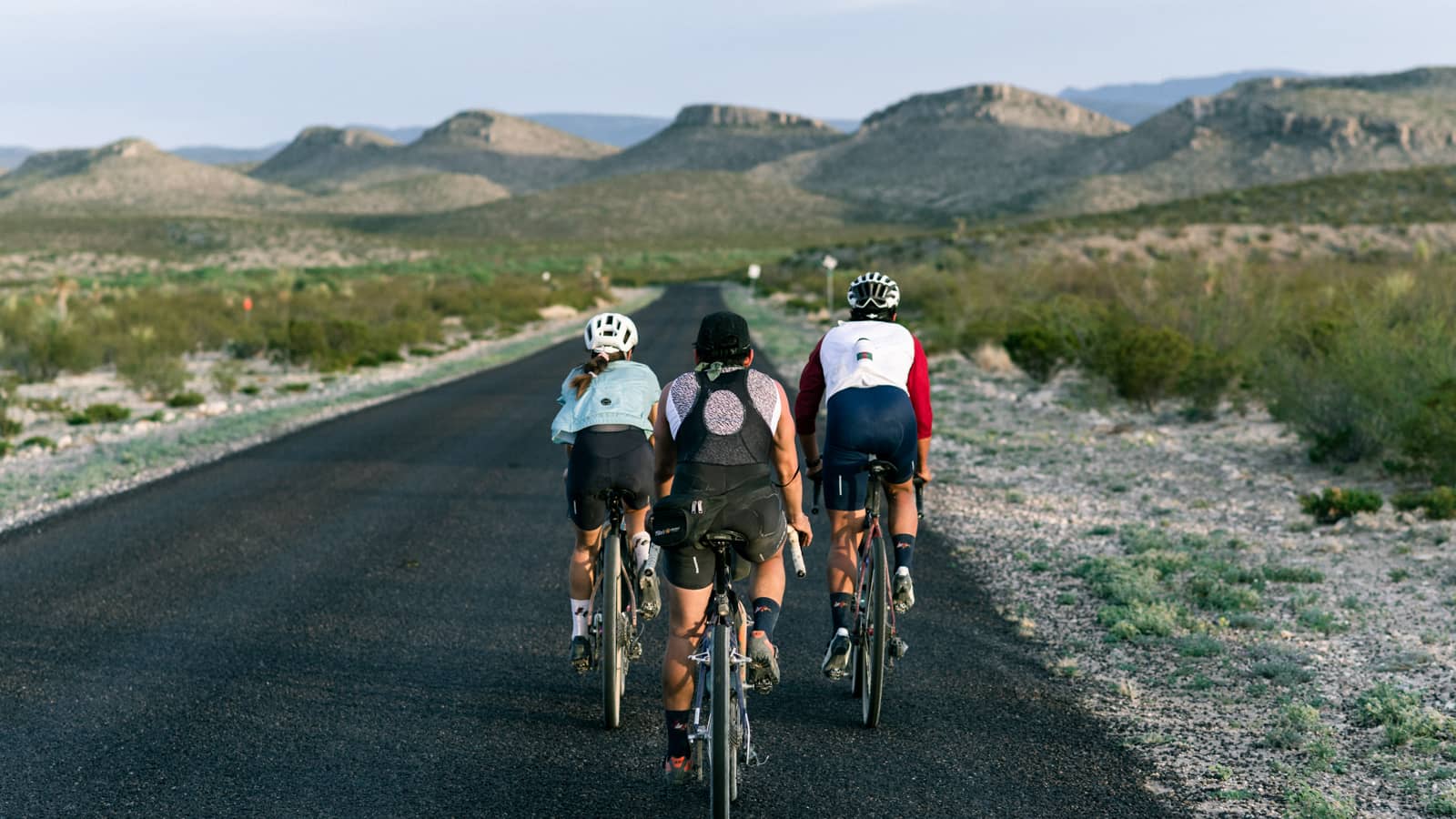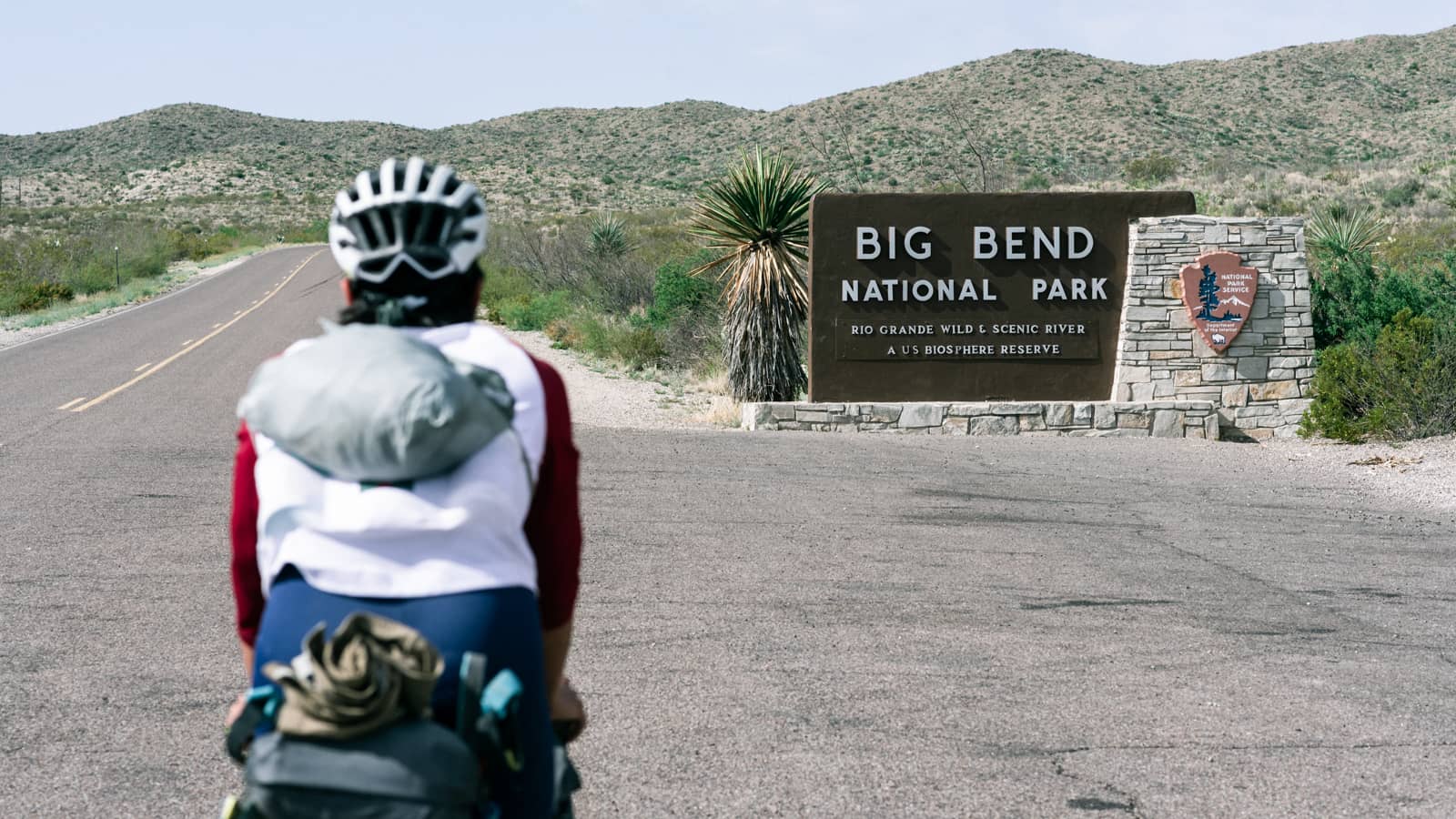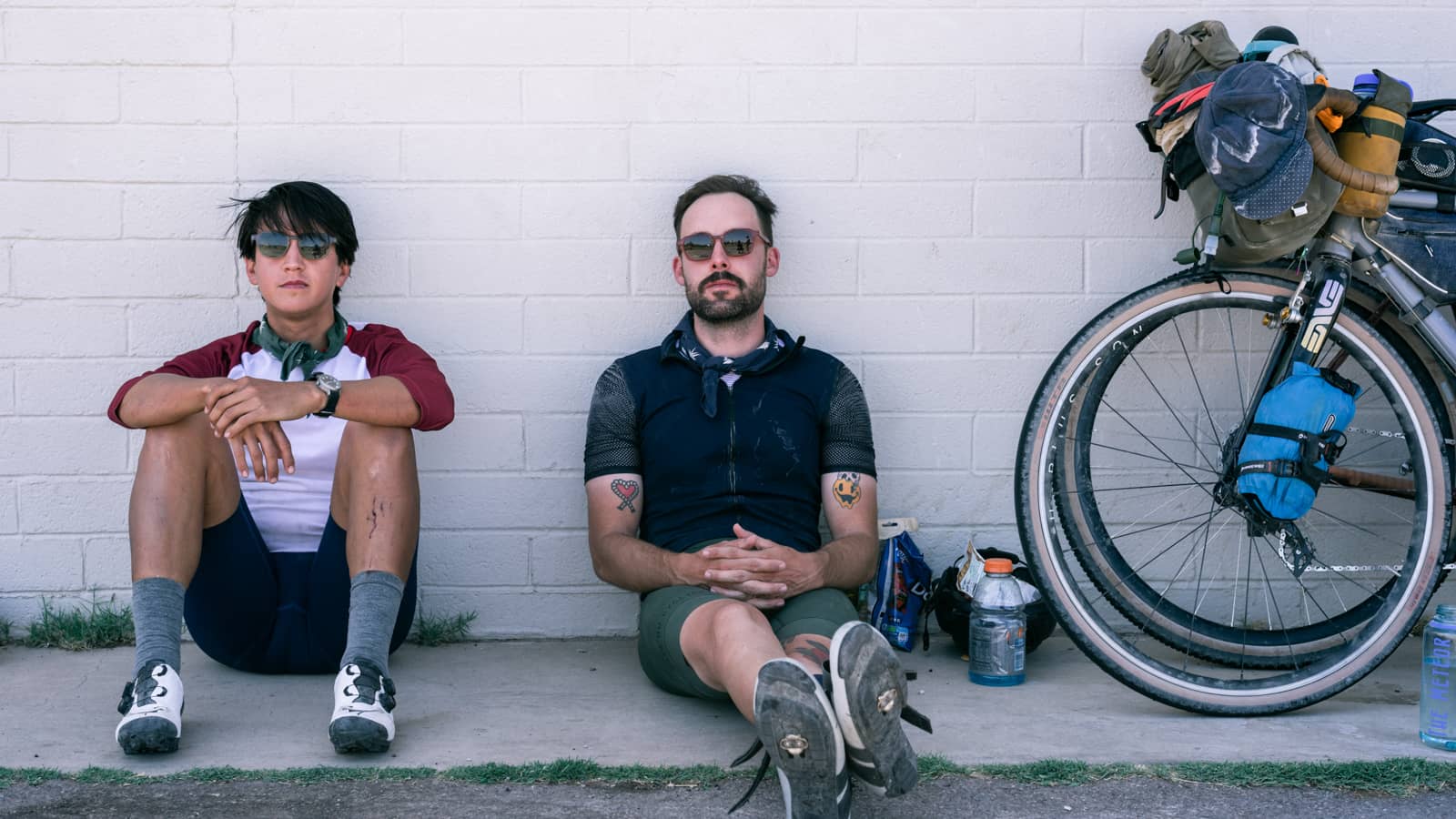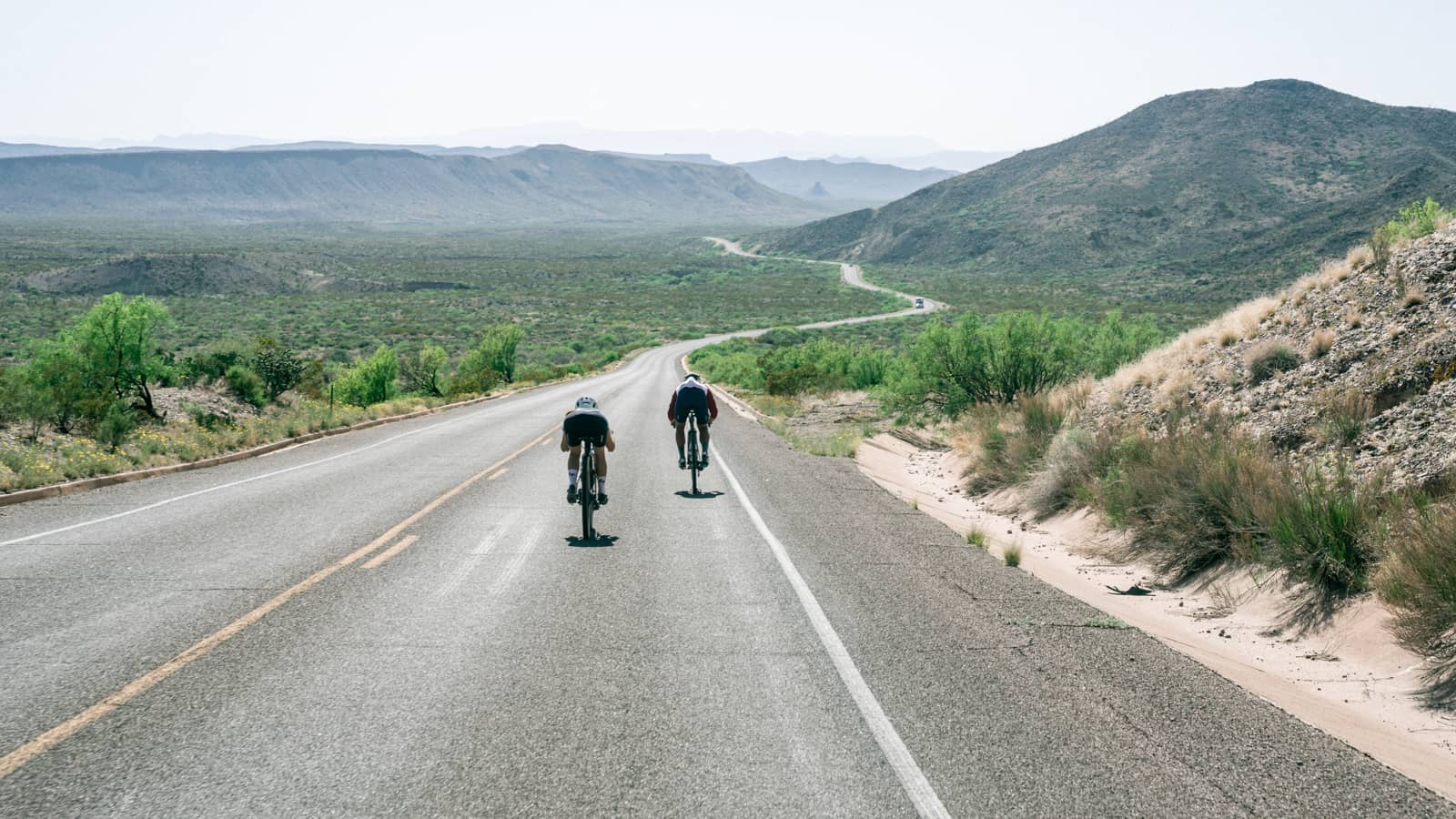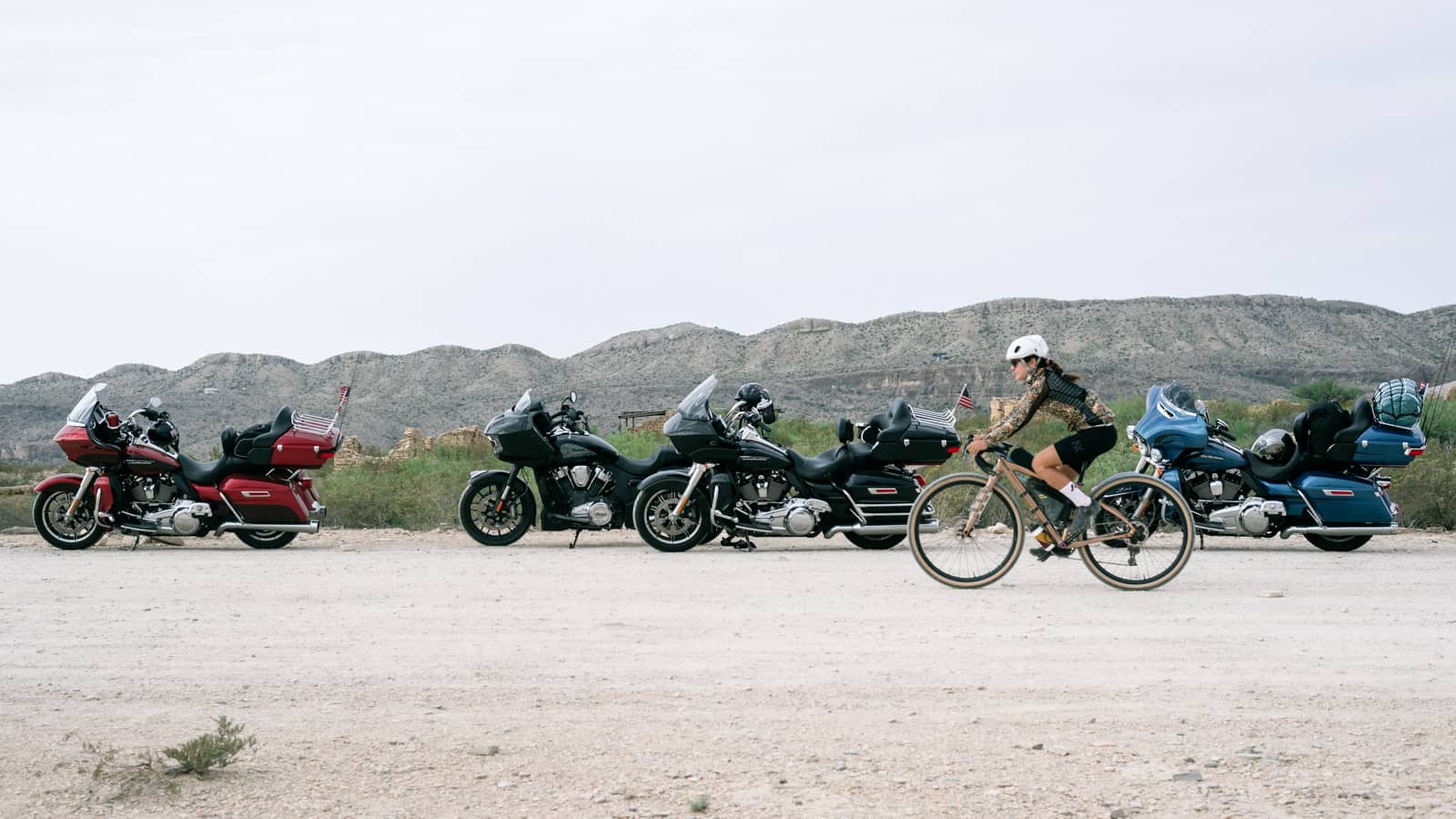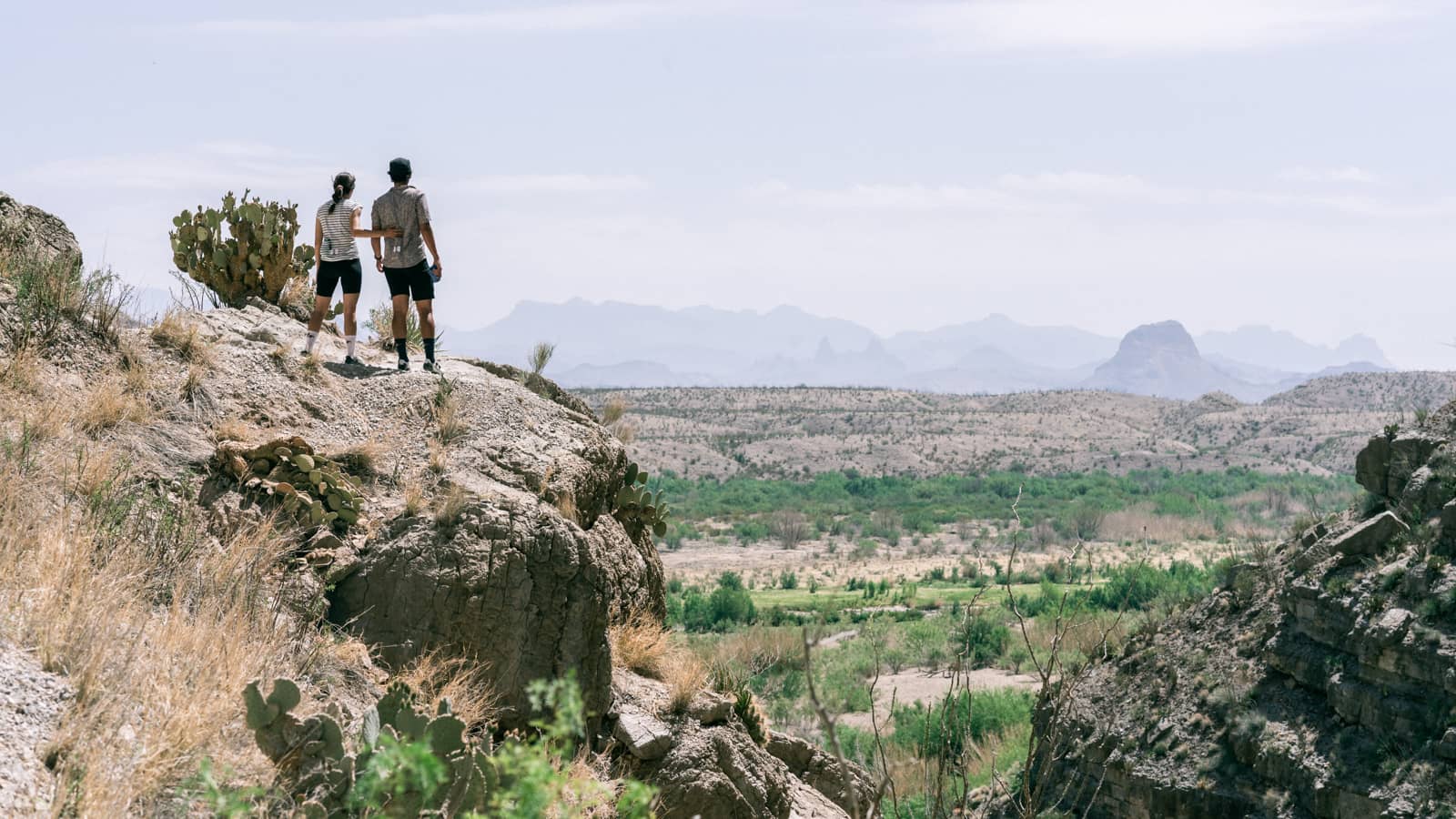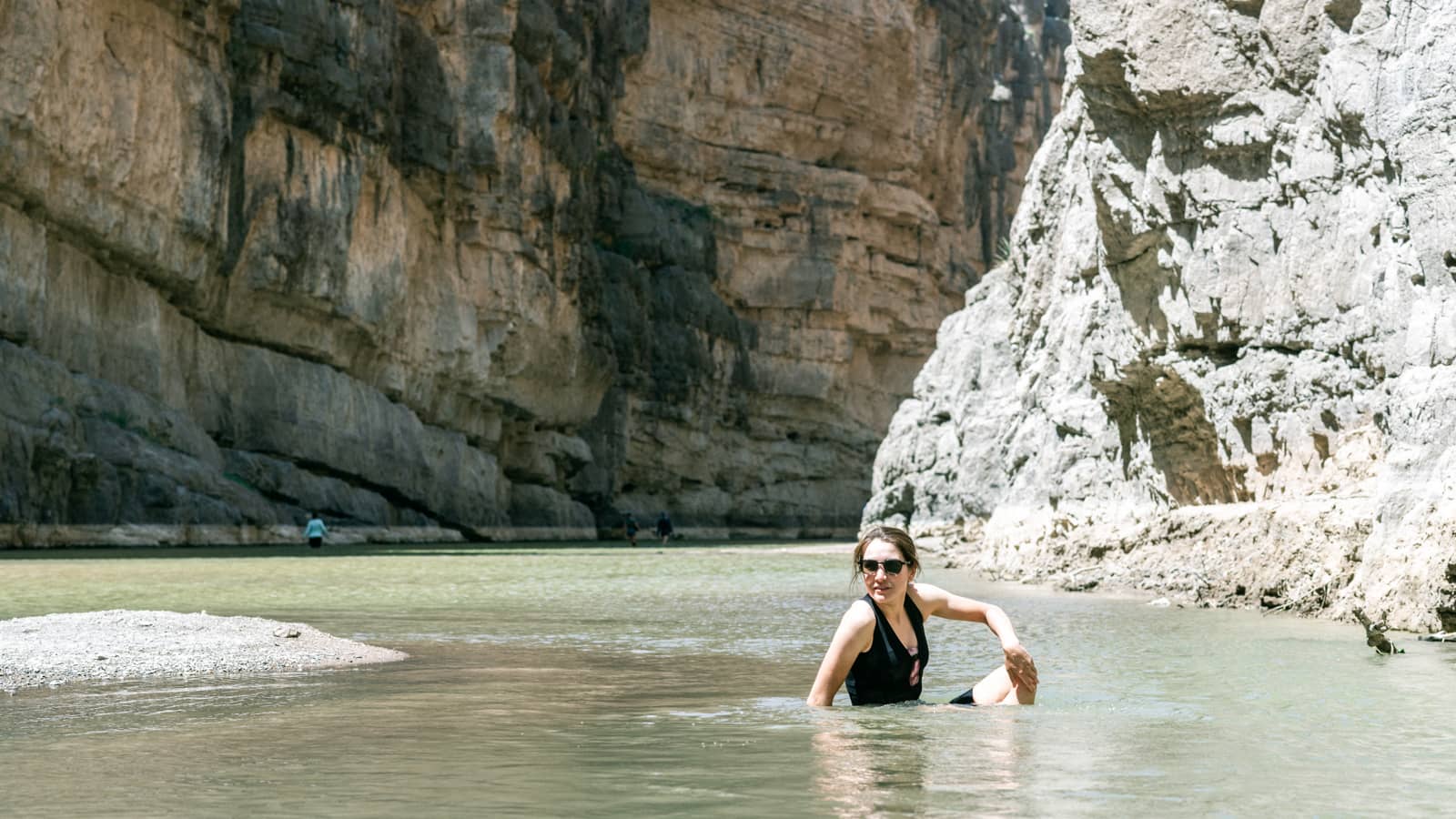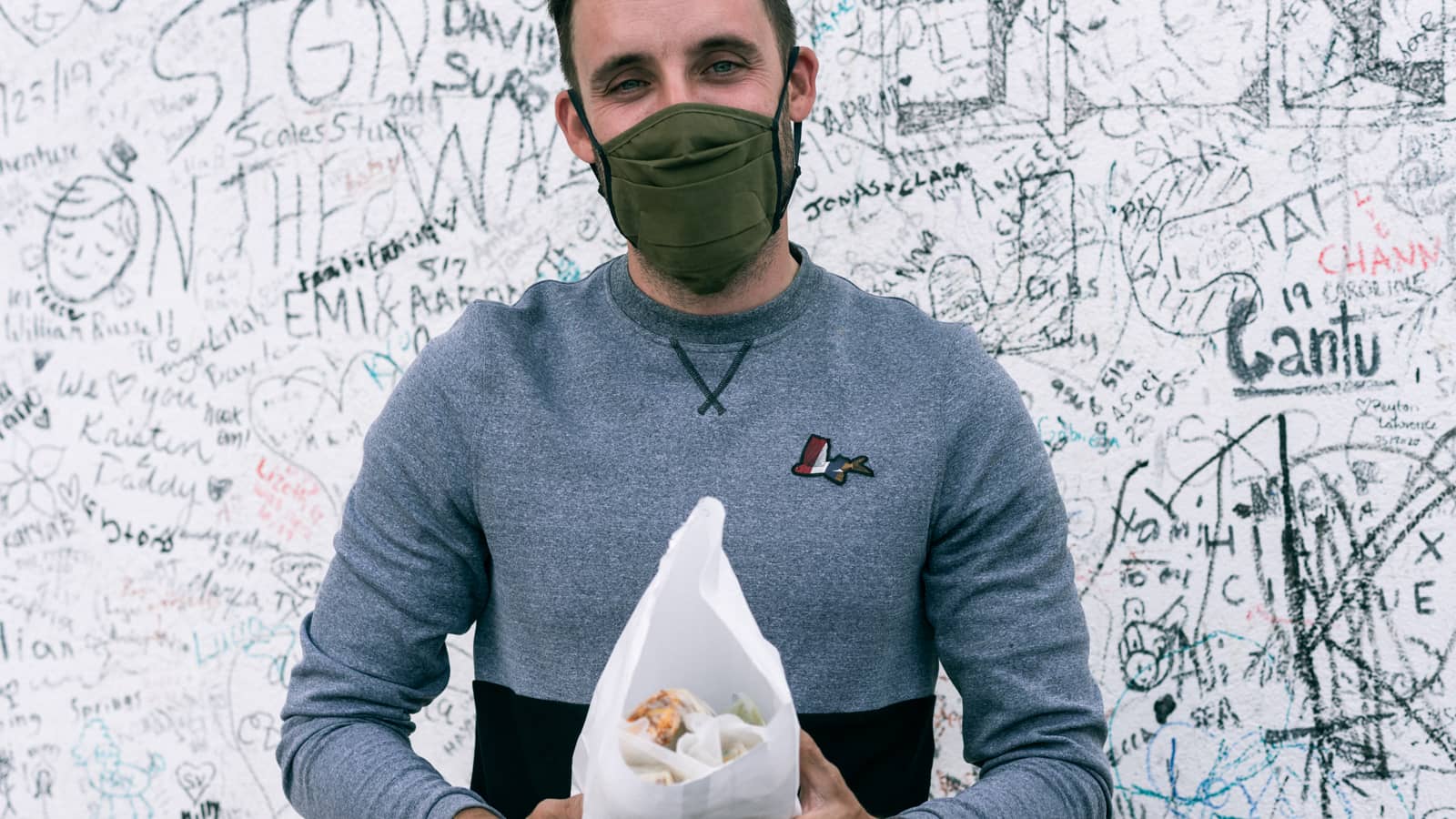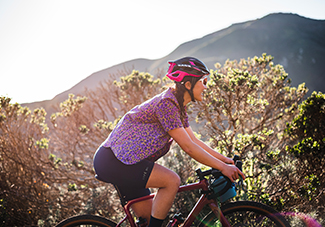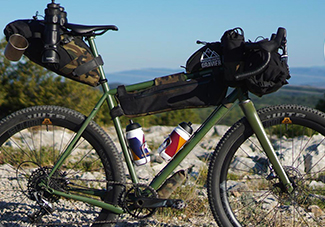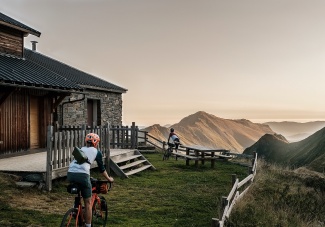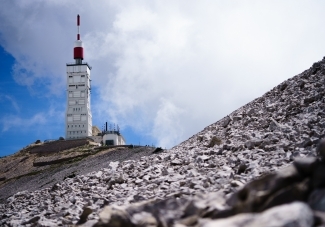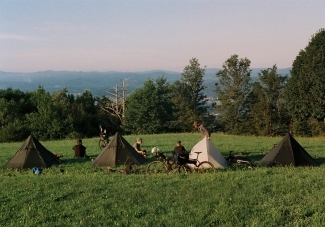Gravel Riding in the Lone Star State
A couple of months back, I heard a story on the radio about problems with planes making their returns to the sky. As air-traffic increased and passengers slowly reentered the world of international travel, many pilots had begun self-reporting minor mistakes, mostly procedural, none particularly dangerous—but mistakes, nonetheless. The culprit? Lack of practice. It seems that with fewer flights and long stints away from the stick, muscle memory had lapsed. Use it or lose it, as they say.
So it is that we set out on what would be my first bikepacking trip since the pandemic began—physically ready, mentally prepared, but perhaps a bit soft around what used to be sharper edges of experience and routine. Selecting a destination we could easily (and in light of recent radio reports, thankfully) reach by car, we packed up and drove the seven hours from Austin, Texas to the most remote corner of our very big state, making a few stops along the way to pick up missing pieces of kit we’d predictably left at home.
A lot can be said about West Texas, with its tiny towns forgotten by time and wild, wide-open landscapes, but two things are undeniably true: never trust the weather forecast and never trust people who tell you that you can. We arrived at dusk at our campsite overlooking the old ghost town in Terlingua, population 110, with the cool evening air creeping in to coincide with the darkening night sky. Our plan seemed straightforward: David and I would get up at dawn and drive to secure camping permits for the nearby Big Bend National Park, then back to camp to meet the three other members of our five-person crew before embarking on a four-day circumnavigation of the park, point to point, enjoying the primitive roads and gravel tracks awaiting within.



